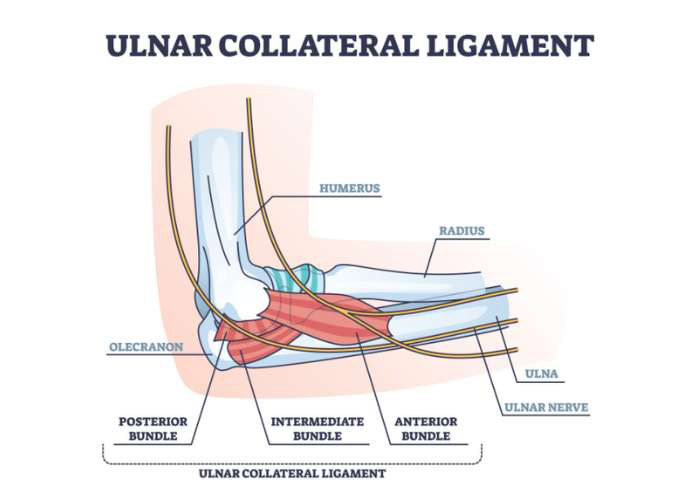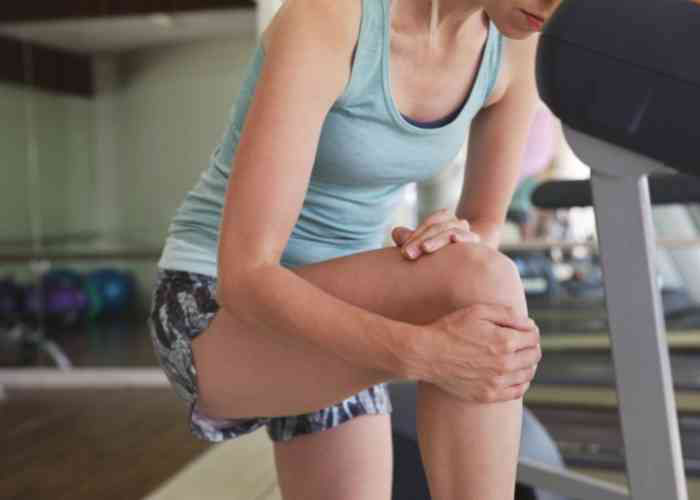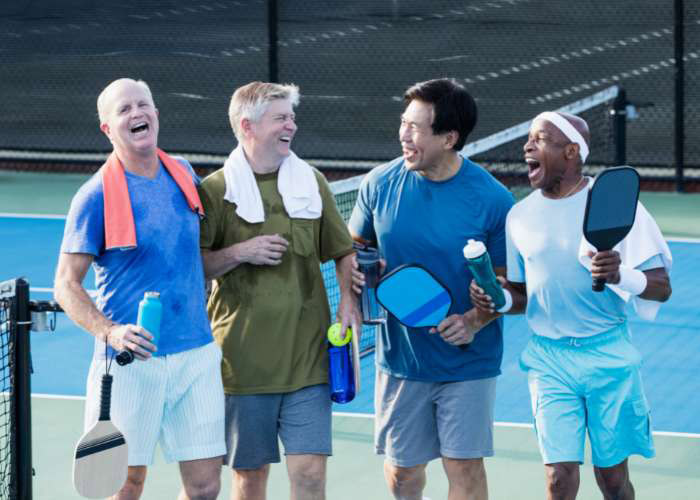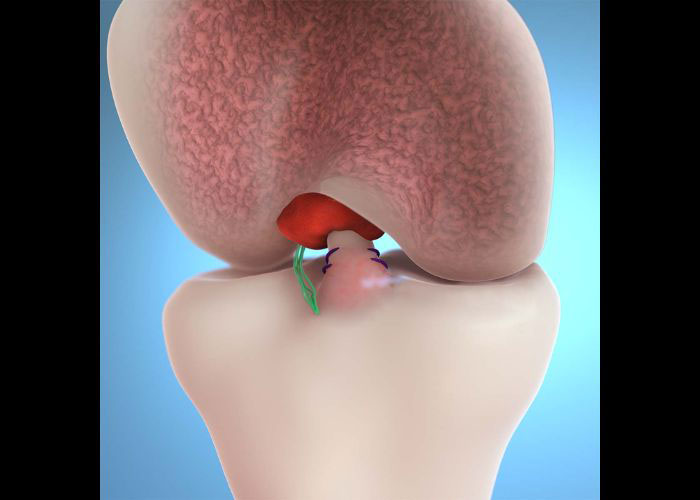What is an ulnar collateral ligament (UCL) injury?
The ulnar collateral ligament (UCL) is a thick, fibrous tissue band that joins the distal humerus (upper arm bone) and proximal ulna (pinky side forearm bone) together. This ligamentous tissue band is responsible for maintaining the stability of the elbow joint. Even though athletes, particularly those who perform continuous overhead throwing motions, are the most susceptible to experiencing a UCL injury, non-athletic individuals can also sustain a UCL injury from a traumatic event such as falling onto an outstretched arm. UCL injuries are classified into one of three categories determined by the severity of damage to the UCL.
What is the treatment for an ulnar collateral ligament injury?
Non-operative therapies, such as short duration joint immobilization, non-steroidal anti-inflammatory medications (NSAIDs), and a physical therapy program, may benefit patients with mild to moderate ulnar collateral ligament (UCL) injuries; however, the response to these non-surgical procedures can be difficult to predict for UCL injuries. More severe UCL injuries involving a complete ligament rupture or resulting in additional concomitant injuries typically require surgical intervention to restabilize the elbow joint.

What is Tommy John Surgery?
The surgical procedure performed for a UCL injury is named after Tommy John, a pitcher for the Los Angeles Dodgers in the 1970s, who was the first professional athlete to undergo successful surgical reconstruction of the UCL. Most ligament injuries cannot simply be sutured back together, so the ligament is often reconstructed with a tendon graft to restabilize the elbow joint and improve the overall functionality. Dr. Ronak Mukesh Patel, orthopedic elbow doctor, treats patients in Sugar Land, Pearland, and the Houston, Texas area, who have experienced an ulnar collateral ligament injury and are in need of surgical reconstruction.
Does Dr. Patel do Tommy John repair with an Internal Brace?
This question comes up often, especially with professional and high-level athletes. As mentioned above, yes, Dr. Patel will do the UCL repair with an Internal Brace whenever possible. Most internal braces are done in conjunction with a UCL repair, and less often reconstruction, and when there is an avulsion tear. (Where the tendon pulls directly off the bone). The Internal Brace adds strength and structure to the healing ligament and has been found to be beneficial in preventing retears and helping athletes return to their game-level status more rapidly than traditional UCL techniques.
What is an Internal Brace in Tommy John repair?
An Internal Brace utilizes a surgical product called SutureTape which is attached to two screws and inserted into the bones at each end of the torn UCL ligament, allowing the ligament structure to heal while adding support. An example of an Internal Brace (below) is made by a company called Arthrex and looks a lot like a shoelace. It is a flat, braided, ultra-high-molecular-weight polyethylene, bovine-collagen-dipped version of a typically round super suture.

How is an ulnar collateral ligament (UCL) reconstruction performed?
Dr. Patel typically performs an ulnar collateral ligament (UCL) reconstruction as an outpatient procedure. Prior to the procedure, regional anesthesia is administered. When stable and situated in the correct position, Dr. Patel will begin by first harvesting a tendon from the patient. The palmaris tendon in the forearm or the gracilis tendon in the knee is typically used for UCL reconstructive surgery. An incision is then created along the medial (inner) elbow to access the native UCL. The harvested tendon graft is passed through bone tunnels that are created in the distal humerus and proximal ulna closest to the original ligament. The tendon is then fastened by special surgical anchors that are secured within the bone. Because the tendon graft provides a surface for new ligament development, it is important that the tendon graft be situated as close to the native tissue for the best recovery outcome.
What is the recovery period like after an ulnar collateral ligament (UCL) reconstruction?
The recovery period following ulnar collateral ligament (UCL) reconstruction is affected by a handful of factors such as the patient’s age, medical history, and desired recovery outcomes. The patient’s willingness to comply with Dr. Patel’s post-operative care instructions can also greatly impact the recovery period. Non-athletic individuals and non-throwing athletes can expect a full recovery with a return to normal daily activities in approximately 9 months, while throwing and pitching athletes should expect a full recovery in approximately 12 months. Overall, patients in Sugar Land, Pearland, and the Houston, Texas area can anticipate the following:
- The elbow joint will be immobilized with a splint following surgery and will remain in place for 7 to 10 days. The splint will then be replaced with a hinged elbow brace.
- Post-operative pain and inflammation can typically be managed with non-steroidal anti-inflammatory medications (NSAIDs).
- Passive range of motion and light upper extremity strengthening exercises generally begin about one week after surgery. Upper extremity strengthening progresses incrementally throughout the recovery period.
- Elbow strengthening exercises begin approximately 6 to 8 weeks after surgery. Activity modification is important during the first 4 months following surgery to ensure the ligament is healing properly.
- Throwing and pitching athletes can begin an interval throwing program around the 5-month mark after UCL reconstruction.
- While a return to play is not guaranteed after UCL reconstruction, following Dr. Patel’s post-operative protocol with active participation in the physical rehabilitation program can increase the likelihood of returning to sports-related activities.
Tommy John (UCL) Surgeon

Are you an athlete who performs continuous overhead throwing motions? UCL tears occur most often in throwing athletes, but can also occur from a serious fall on an outstretched arm. A torn ulnar collateral ligament in the elbow can affect elbow strength and stability and often requires surgical repair or reconstruction. UCL Repair and reconstruction surgeon, Doctor Ronak Mukesh Patel, provides diagnosis as well as surgical and nonsurgical treatment options for patients in Houston, Sugar Land, and Pearland, TX who have injured their UCL in the elbow. Contact Dr. Patel’s team today!








